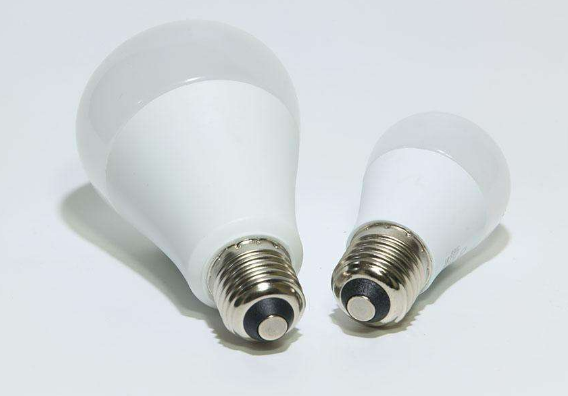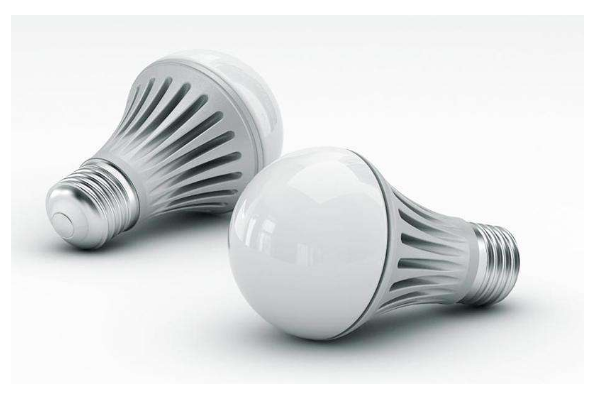LED bulbs are classified into LED light bulbs
Introduction: Wanjia Lights is the perfect adjective to describe the brilliance of urban landscapes. As night falls, our lives continue as if it's still daytime, and the humble bulb plays a crucial role in making this comfortable lifestyle possible. Today, we’re diving into the topic of LED bulb classifications. Since Thomas Edison introduced electric lighting in the United States last century, the evolution of light sources has been driven by technological advancements and changing consumer needs. So, what are the different types of LED bulbs, and how do they work? Let’s explore together!

LED Bulb
What Are the Classifications of LED Bulbs?
LED bulbs come in various shapes and sizes, each designed for specific lighting applications. The main categories include spherical, pointed, and lamp cup types. Let’s take a closer look at each:
1. Spherical LED Bulbs:
- Single-sided illumination: These bulbs have a plastic or aluminum base and often feature a slight curve, resembling an inverted trapezoid.
- Ring + Top Light (Corn Foam): Named for its resemblance to corn kernels, this design features small, evenly spaced light points that create a soft, diffused glow.
- Three-Fork Shape: A more advanced version of the corn foam design, offering better structural efficiency and improved light distribution. It's currently one of the most popular choices.
2. Lamp Cup Type:
This is an older style of bulb, similar to traditional spotlight cups. While functional, it has limitations in terms of light output and energy efficiency, and is gradually being phased out.
3. Other Variants:
- Single-Sided Illumination (Sharp + Lens): Similar to the spherical type but with a more focused light beam.
- Three-Fork Shape (Same as above): Offers enhanced performance and is widely used in modern lighting systems.
- Chrome Three-Sided Light: A high-end option with superior brightness, though it lacks a top light source.
- Candle Type: Features a pointed shape with a tail, similar to traditional incandescent bulbs but with much higher efficiency.
How Do LED Bulbs Work?

LED stands for Light Emitting Diode. It's a solid-state semiconductor device that converts electrical energy directly into visible light. At the heart of an LED is a semiconductor wafer, which is attached to a holder. One end of the wafer connects to the negative pole, while the other connects to the positive pole of the power supply. This entire structure is then encapsulated in epoxy resin for protection.
The semiconductor consists of two parts: a P-type semiconductor, where holes dominate, and an N-type semiconductor, where electrons are the main charge carriers. When these two are joined, they form a PN junction. When an electric current flows through the circuit, electrons from the N-type region move toward the P-type region, where they recombine with holes. This recombination releases energy in the form of photons, which we perceive as light. The color of the light depends on the material used in the PN junction.
Why Do Light Bulbs Shine?
In traditional incandescent bulbs, the main light-emitting component is a thin tungsten filament. Inside a glass bulb, the air is removed and replaced with an inert gas like nitrogen. When electricity passes through the filament, its high resistance causes it to heat up significantly. Once it reaches a certain temperature, it glows, producing visible light. This process, however, is not very energy-efficient, which is why LEDs have become the preferred choice for modern lighting solutions.
Shenzhen Essenvape Technology Co., Ltd. , https://www.essenvape.com
